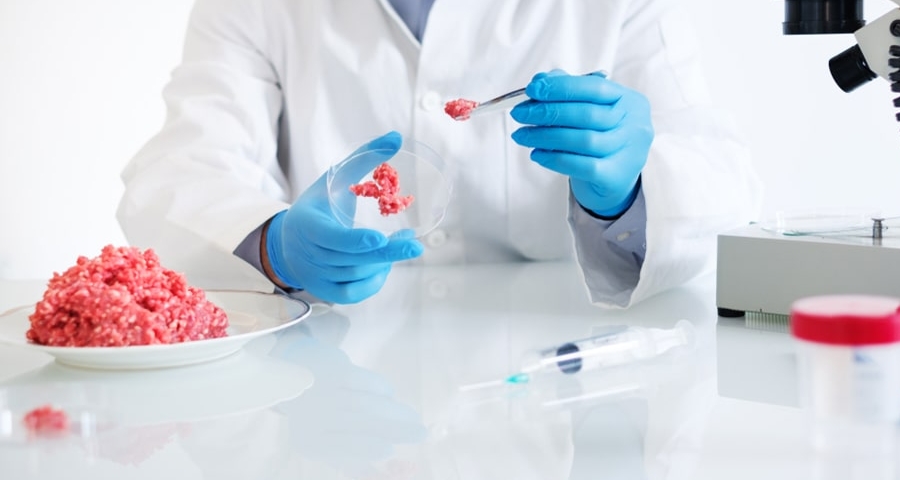Lab-grown meat isn’t only being produced in the US. The fledgling industry in India faces both unique opportunities and challenges.
The US Department of Agriculture’s recent decision to approve the sale and distribution of cultured meat, produced by Good Meat and Upside Foods, has led to renewed global interest in the food technology.
This makes the US the second country in the world, behind Singapore, to have the products available for sale.

But cultured meat is not only being produced in California. There is also a fledgling industry in India.
The Food Safety and Standards Authority of India is currently reviewing the cultured food sector and may consider granting the regulatory approval for such products to be sold in India.
Cultured meat, also known as lab-grown meat and by various other names, represents a groundbreaking development in the food industry.
It involves cultivating animal cells in controlled environments while eliminating the need for traditional livestock farming and slaughter.
Stem cells derived from animal sources are artificially kept alive in bioreactors, grown to a certain abundance, and then harvested and customised for human consumption.
With more than eight billion people living on the planet, a number expected to increase to nine billion people by 2040, demand for meat and other sources of protein will continue to increase. Ensuring sufficient food supply will remain a challenge.

These pressures are likely to be particularly acute in South Asia and Southeast Asia where countries are facing massive population pressures distributed over a smaller land mass than equivalent population increases in Global North countries.
In 2022 a report from India indicated that among a population of 1.4 billion, only 16.6 percent of men and 29.4 percent of women between the ages 15 and 49 exclusively followed a vegetarian diet.
Solutions will have to be found in the next few years as currently available food resources are diminishing fast.
To meet the surging demand, cultured meat is expected to offer a viable solution that is economical, slaughter-free, environmentally sustainable and safe, although the technology has yet to be applied and proven at scale.
Traditional livestock farming, a booming sector in India, poses environmental challenges like deforestation, greenhouse gas emissions and high water consumption.

** Click here to read the full-text **











